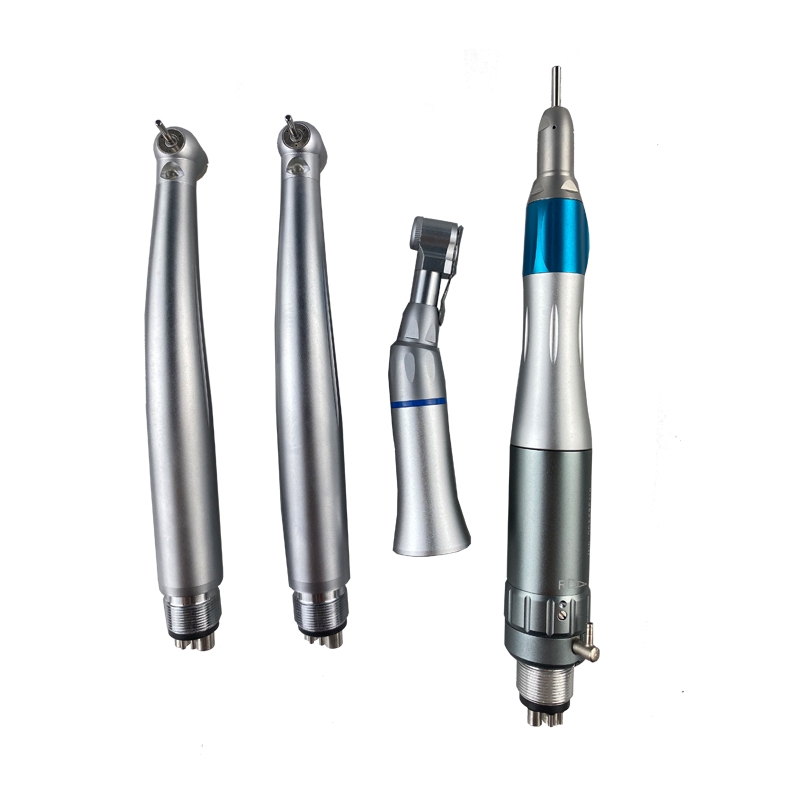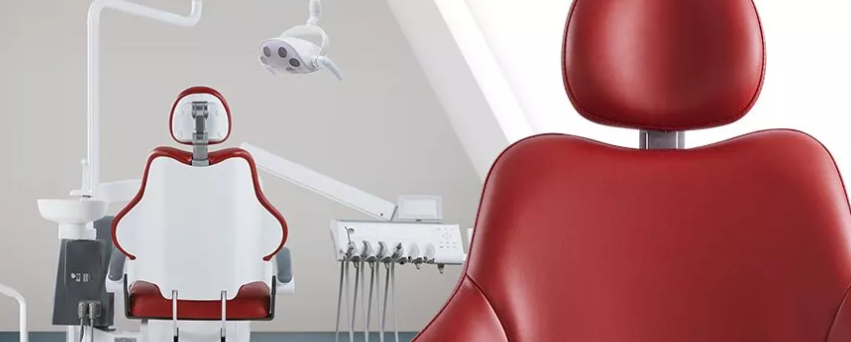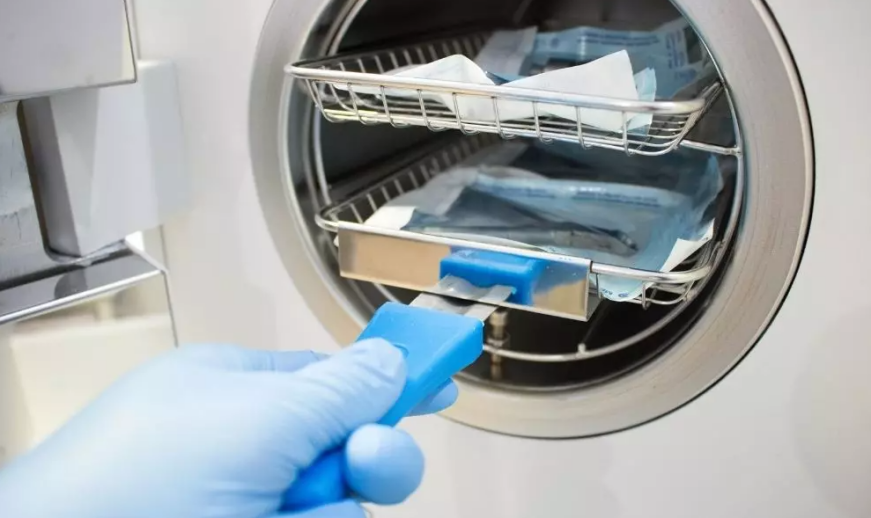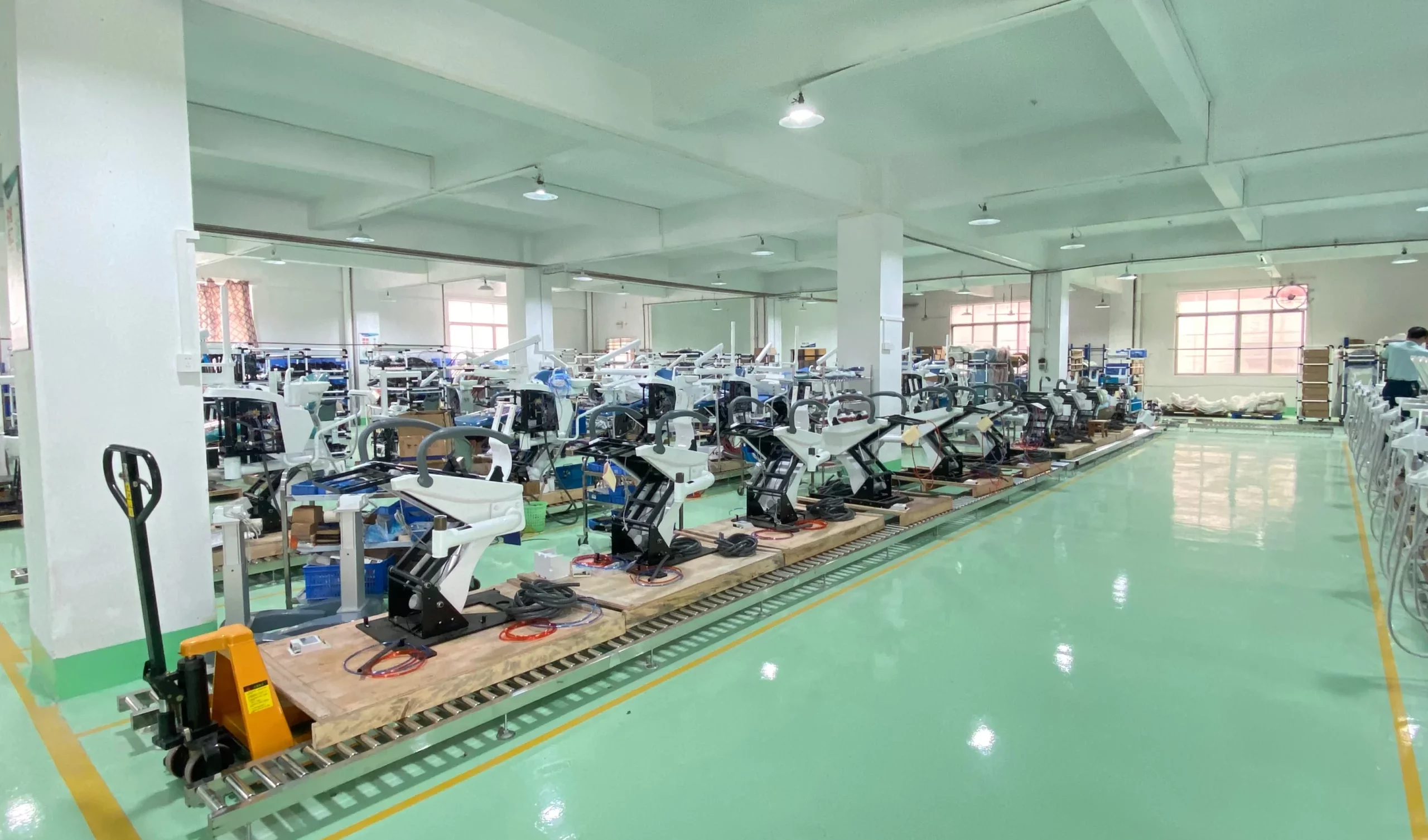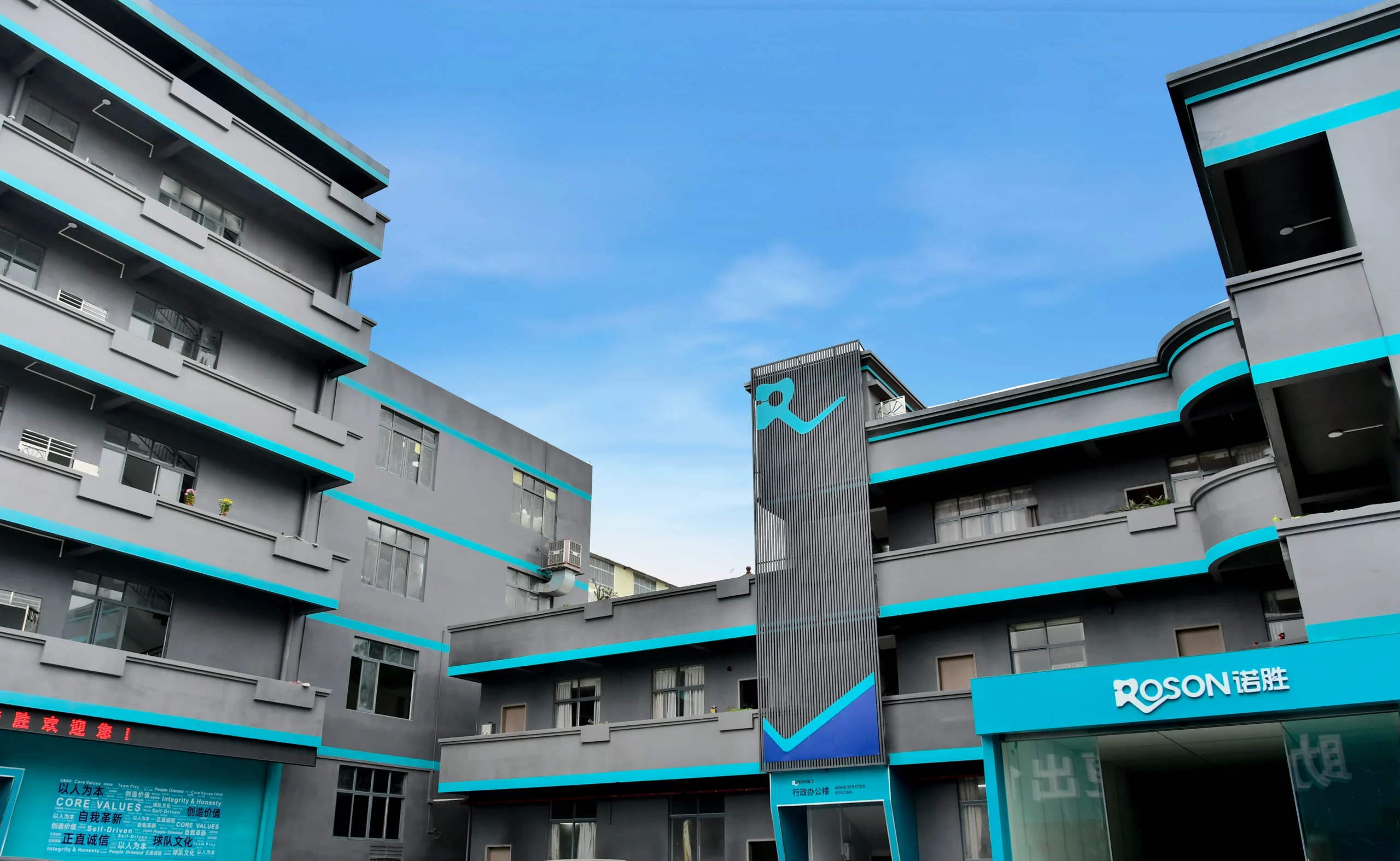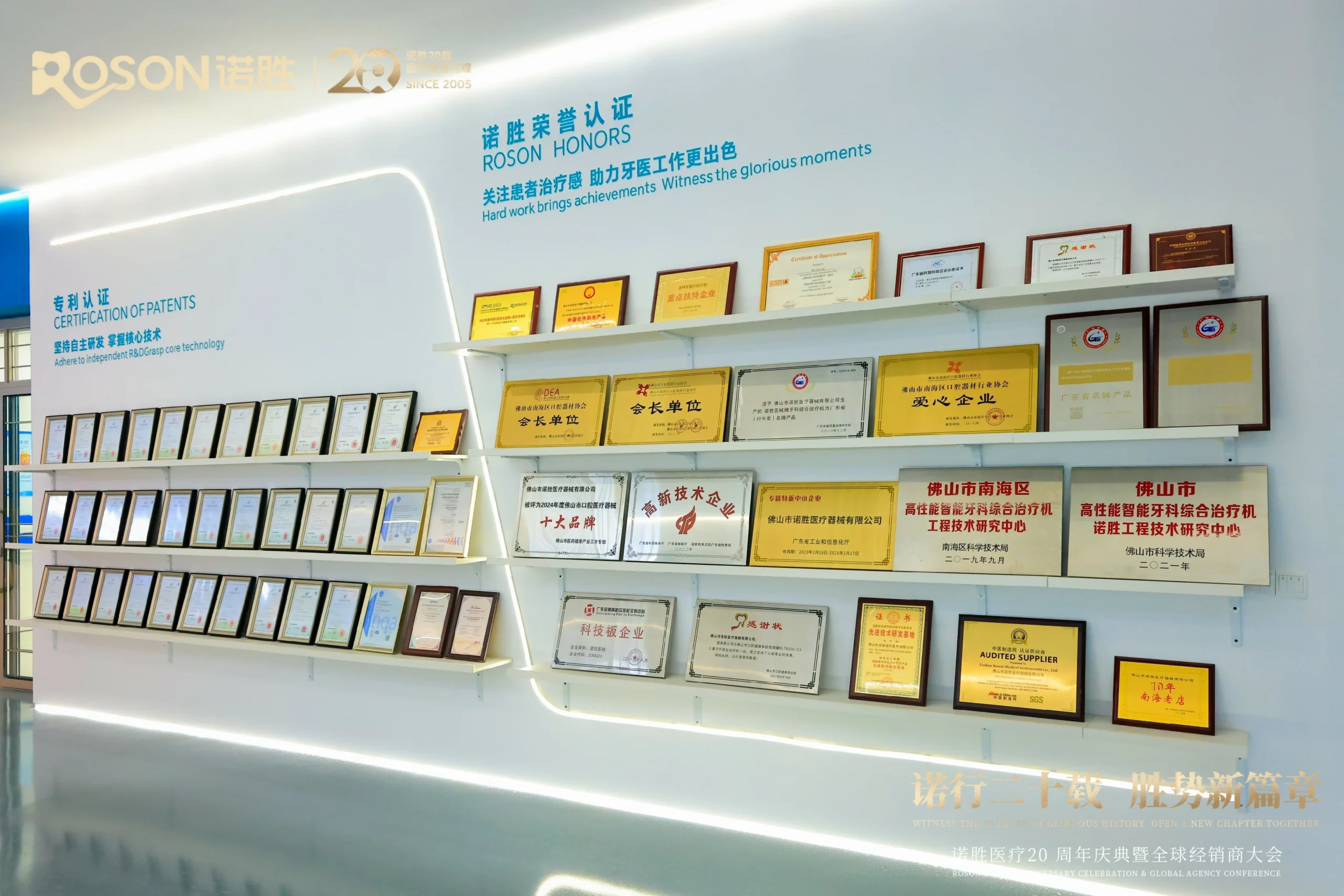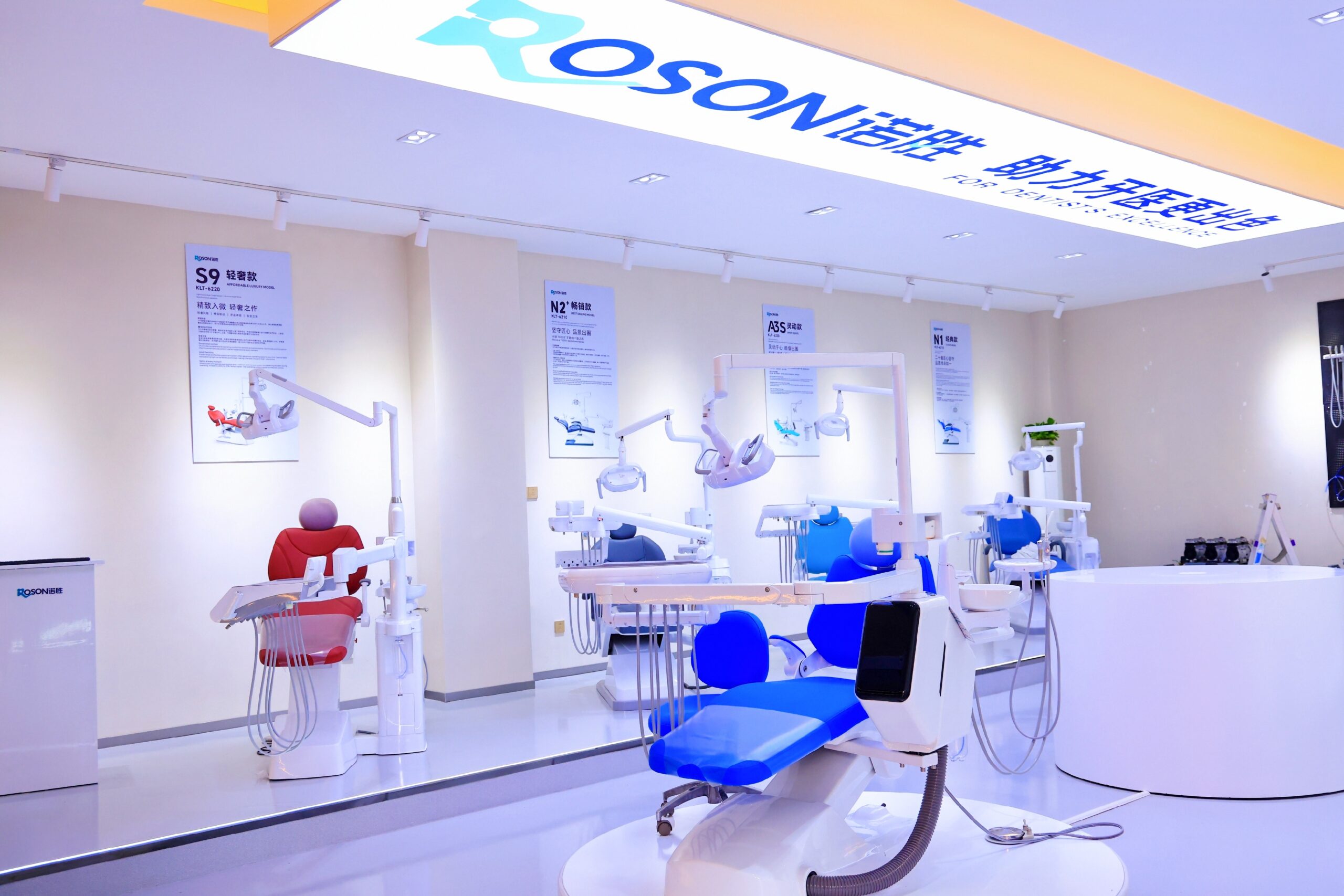Technology has revolutionized almost every industry, and dentistry is no exception. With the progress of technology, significant changes have taken place in the dental chair industry in recent years. In this article, we will discuss how technology has revolutionized the dental industry.
First, let’s understand what a dental chair is.
The dental chair is a professional chair used by dentists during dental procedures.It is designed to provide comfort for patients and is easy for dentists. Dental chairs are a key component of any dental practice, and technological advances have transformed them from simple chairs to multifunctional medical devices.
One of the most significant technological advances in dentistry has been the incorporation of digital technologies.
Digital technology enables dentists to diagnose and treat dental problems with greater accuracy and precision. Digital imaging has replaced traditional X-ray machines, providing dentists with detailed images of patients’ teeth and jaws. These images can be enlarged and manipulated to get a clear picture of dental problems, which can help dentists provide more effective treatments.
Digital technology can also create digital impressions. Traditionally, dental impressions are taken using messy and uncomfortable materials placed in the patient’s mouth. This process is time-consuming and uncomfortable for the patient. With digital impressions, dentists can use handheld devices to provide accurate and detailed impressions of a patient’s teeth. For patients, the process is faster and more comfortable.
Another technological advance in the dental chair industry is the use of lasers.
Lasers are used in a variety of dental procedures, including tooth whitening, cavity removal and gum disease treatment. Laser is precise and accurate, making it an excellent tool for dental surgery that requires precision.
Robotics can be used to perform delicate and precise procedures, thereby reducing the risk of human error. The robotic dental chair is designed to provide maximum comfort to the patient while allowing the dentist to perform the procedure with precision. Roson flagship model A3 makes use of artificial intelligence technology, creates an anti-collision system for safe operations, an infrared & gravity dual induction water supply system, a one-key intelligent drainage system to ease daily cleaning and most importantly, the medical-grade LCD digital display system can provide a precise treatment like timing function, rotate speed adjustment, memory chair position, etc..

In addition to the above advances, the dental chair industry has also seen the introduction of ergonomic design.Ergonomic design is designed to provide maximum comfort to patients, thereby reducing anxiety and stress during dental surgery.Dental chairs are now designed to provide better lumbar support with adjustable headrests and armrests.These designs provide greater comfort to patients, reducing stress and making dental surgery more comfortable. Roson dental units is designed with soft start/stop functions and eight-way control ergonomically dentist stool providing patients and dentists the most comfort at the same time.
Another technological advance in the dental industry is the introduction of CAD/CAM technology.
CAD/CAM technology is used to design and manufacture dental prosthetics such as crowns and Bridges.With CAD/CAM technology, dentists can design and create dental restorations in a matter of hours, thus reducing the time patients have to wait for a repair.This technique also enables the creation of more precise restorations, ensuring better fit and improved functionality.
The dental chair is also equipped with an advanced lighting system.Advanced lighting systems provide dentists with a better view, allowing them to perform procedures with greater precision.The e lighting system is designed to mimic natural sunlight, thereby reducing the strain on dentists’ eyes. Roson LED dental light, Rolight, is equipped with Philios lamp beads and can provide yellow light, white light as well as yellow&white light to achieve a stable illuminant, no RF interference and eye protection purpose.


